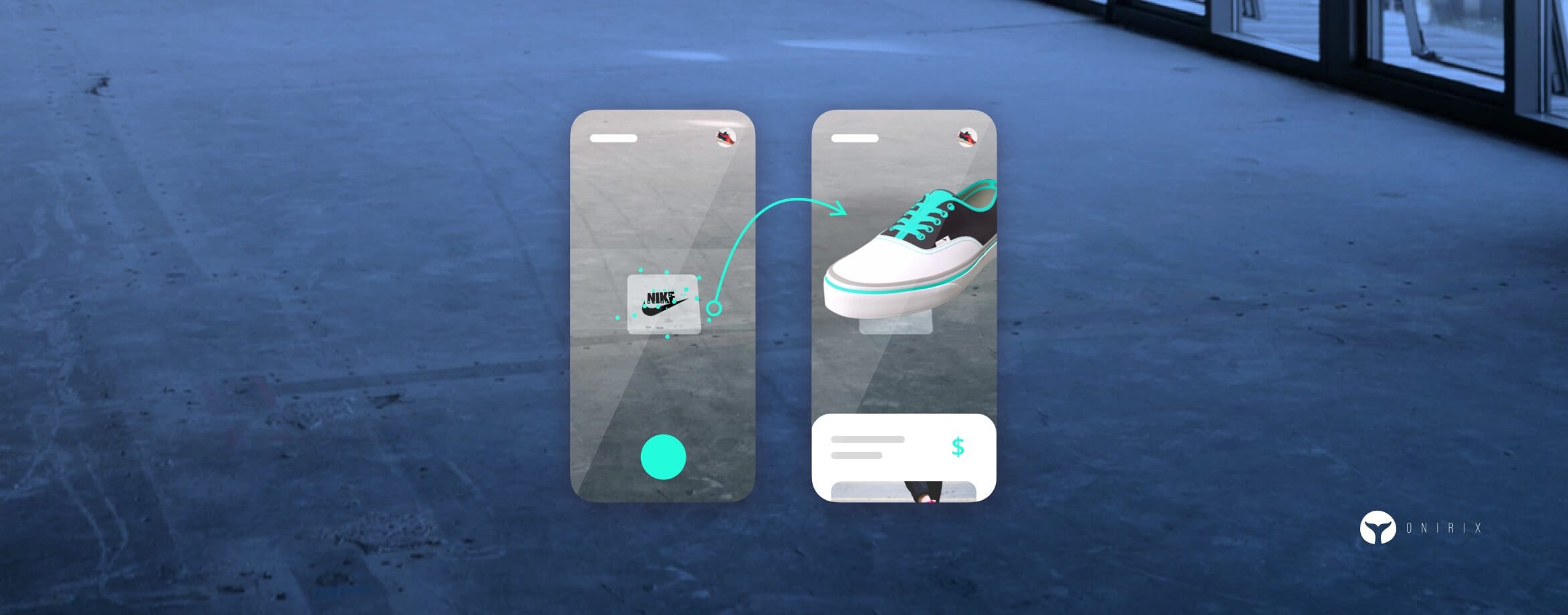How to create a successful AR marketing campaign?
Augmented Reality, also called AR, is a technology that allows us to overlay digital information on to the world we see through the camera of our smartphone. If you have seen the IKEA try- before-you-buy app, you know what AR is.
AR can capture people’s attention like no other advertising medium. The click-through and customer engagement rates of AR campaigns are unknown to other forms of advertisement. This effect is going to wear off a bit over time, as AR campaigns are becoming a little more common, but it is still comparably easy to create an enormous impact with relatively little effort. Another important factor is that AR can be used for online and offline marketing purposes alike.
Last but not least, Apple’s CEO Tim Cook said recently that the future of the iPhone is Augmented Reality. The introduction of Apple’s ARKit for their mobile operating system is another indicator that they are convinced that AR is going to be significant for mobile applications of all types. However, not only Apple is thinking AR, Google has released a similar framework, called ARCore, for Android – confirming the importance of Augmented Reality.
Now that we have verified that AR is not only a shortlived fashion phenomenon, let’s take a look at how we can use Augmented Reality in marketing.
Enhance your print media with AR
Movie posters have been one of the first use cases for AR enhanced print media. The visitor can just scan the poster with a mobile app and watch the trailer, purchase tickets or leave a review.
The concept can be applied to a variety of scenarios, reaching from travel brochures that provide a 3D model of your hotel to turning a fashion magazine into a 3D online shop.
Encourage purchases through product visualization
Product visualization can help customers to understand a product better. Augmented reality can also help portray the value of the product, how to use it, how it looks assembled and used, and how it works. Typical examples for products that benefit from AR usually include heavy or bulky products like sofas or your next leasing car. However, options are virtually endless: houses, artwork or even industrial machines can be visualized in front of a potential customer.
Augmented Reality for packaging materials
Coke and Pepsi are doing it. Kellogs, Heinz, and Nespresso too. Even McDonald’s and Cadbury. The usage of AR for packaging materials has proven to be very efficient. It leads to a much longer engagement with the product and to a stronger sense of community.
Augmented Reality provides all the things that every marketer is looking for.
Sneaker model: DineshThennarasan

